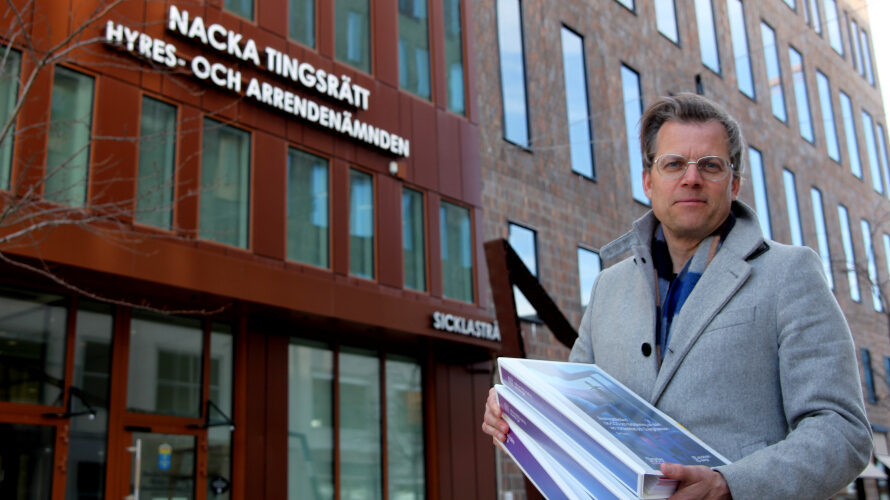Stockholm Exergi has submitted its application to the Land and Environmental Court to obtain a change permit that will enable the construction of a full-scale BECCS facility at Värtaverket in Stockholm.
– This is a significant milestone for us on our journey towards the goal of having a facility capable of capturing 800,000 tons of carbon dioxide per year in place by 2026, said Per Ytterberg, director of business development at Stockholm Exergi and head of its BECCS project.
Stockholm Exergi’s work with BECCS (Bio-Energy with Carbon Capture and Storage) began in 2016 and in 2019 the company established a research facility. Backed by the research facility’s successful results, development of the full-scale facility has gradually gained momentum. A consultation period with the local community and members of the general public took place between 2021 and 2022, and viewpoints collected from those dialogues are now part of the application that Stockholm Exergi has submitted to the Land and Environmental Court.
– Many years of focused efforts have gone into the application, where we show how we envision the full-scale facility becoming a natural part of the Energihamnen port that is connected to Värtaverket. Our hope is that within just a few years we will have a new landmark in Stockholm representing one of Sweden’s most important climate initiatives, said Per Ytterberg.
Stockholm Exergi plans to take an investment decision during the first quarter of 2024. In order to do so the company needs to obtain an environmental permit.
– We are at the forefront of establishing BECCS and much of the work required to get there has been done, but several challenges remain. BECCS is an important part of Sweden’s climate goals and reaching them will require that we, as an individual company, work together with actors such as politicians and agencies so that Sweden can succeed in establishing a new industry for carbon capture, said Per Ytterberg.
About BECCS
BECCS (Bio-Energy with Carbon Capture and Storage) means that biogenic carbon dioxide from the combustion of biofuels is separated from flue gas and then permanently stored. Since the carbon dioxide captured earlier has been bound by the forest through photosynthesis, the concentration of carbon dioxide in the atmosphere is reduced, thereby creating negative emissions.
To limit global warming in accordance with the Paris Agreement, it will not be sufficient to solely reduce carbon dioxide emissions. Negative emissions will be needed as well. The potential to create negative emissions in Stockholm Exergi’s new facility is significant. When operational, it will capture 800,000 tons of biogenic carbon dioxide per year, more than the fossil fuel emissions from Stockholm’s road traffic for an entire year.

